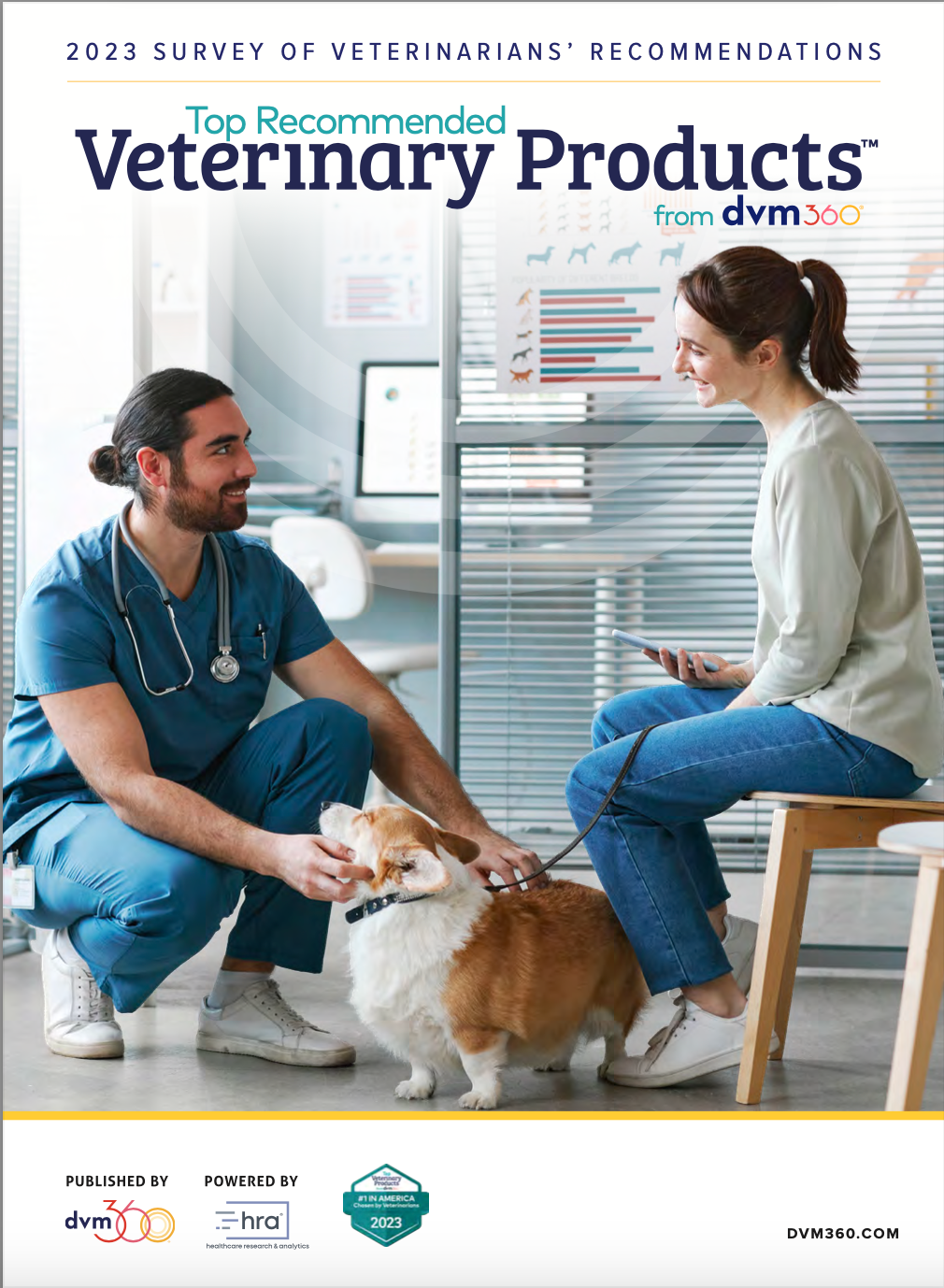Parasite prevention in today’s world
Its importance, current trends, and promoting awareness and adherence
GarkushaArt / stock.adobe.com

The spread of parasites around the globe has largely been linked to migratory activities.1 Heather D.S. Walden, PhD, MS, an associate professor of parasitology at the University of Florida College of Veterinary Medicine in Gainesville, told dvm360, “People and pets are moving around more, whether traveling on a vacation or moving permanently. People [may] live in one climate during part of the year and another for the remainder of that year.” She added that the transport of animals and goods from country to country can also facilitate the movement of parasites, so there are more invasive host species along with their parasites.
With parasites frequently being introduced to new areas, parasite preventives are important for keeping pets and their families safe from zoonotic infections. These infections can range from posing no clinical signs and a limited health risk to causing potential gastrointestinal upset to provoking neurological symptoms such as paralysis, limb weakness, and coma, and even death.
Trends in parasite prevention
Some of the most common internal parasites found in pets include roundworms, tapeworms, hookworms, and heartworms,2 whereas the most common external parasites are fleas, ticks, and mites.3 In a dvm360 interview, Beckie Mossor, MPA, RVT, a veterinary technician consultant and educator from Southport, North Carolina, said the latest trend in parasite prevention is combination products that tackle the various parasites. “We’re getting the intestinal parasites, we’re getting the external parasites, getting all-in-one [products], and that is a huge deal because it’s what people have been asking [for] for years.”
Walden added that the challenge with these combination products is to achieve the broadest spectrum of activity and not exclude any parasites. “The primary goal of any sound parasite prevention plan should be to include as many preventable parasites as possible,” she said. She advised veterinarians to obtain extensive knowledge of the medications they are prescribing and have contingency plans to control all the parasites that pose a threat in the area.
Common concerns and client adherence
In a busy veterinary clinic, it can be difficult to find time to review parasite prevention with clients, and the significance of it can often be overlooked. “We need a renewed sense of importance about how parasites threaten the health of our pets and our families so that veterinarians will more aggressively address these risks,” Walden stated. She suggested using Companion Animal Parasite Council prevalence and forecast maps to educate and communicate with clients and raise awareness of parasites, whereas Mossor noted that social media can serve as an invaluable educational resource as well.
The biggest concern surrounding client adherence is expense. However, if the veterinary professional informs them with passion and conciseness on the value of parasite prevention, that may help mitigate this concern. Walden also said that consistent messaging, annual-supply dispensing, and efficient reminders promote adherence. “[Adherence] is driven by a strong message coming from the clinic—one voice, one message. Everyone working in the clinic is on the same page about everything, whether it be a service or a product, [and] is taught and coached on how to talk about it and how to recommend it,” she noted.
Another tool Mossor leverages for client adherence is understanding their “why,” meaning why their pet’s health is important to that unique individual. She used an example: “If it’s very important to a client that pet stays healthy because it is the grandchild’s joy, and they say, ‘you should see my grandkids play with this dog,’ we really are going to lean into those zoonotic diseases; we’re going to lean into ‘how can we keep this pet healthy for the grandkids?’” This allows her conversation to be meaningful and specific to the client, so the importance of parasite prevention is relevant to them.
Protecting pets and their owners
It can be easy to feel like a salesperson when promoting client adherence to parasite prevention, according to Mossor. However, she said you are not receiving a “giant commission check" for achieving clients’ adherence, but rather are doing this to support the safety and health of the pet and their family. "I really want [veterinary professionals] to think [that] every bit of educating that they do is advocating for that pet and advocating for their parent. That’s our job.”
References
1. Steverding D. The spreading of parasites by human migratory activities. Virulence. 2020;11(1):1177-1191. doi: 0.1080/21505594.2020.1809963.
2. Common internal dog parasites. Wellesley Animal Hospital. November 9, 2021. Accessed June 27, 2023. https://www.wellesleyanimalhospital.ca/en-ca/resources/blog/november-2021/common-internal-dog-parasites
3. External parasites. American Veterinary Medical Association. Accessed June 27, 2023. https://www.avma.org/resources/pet-owners/petcare/external-parasites
